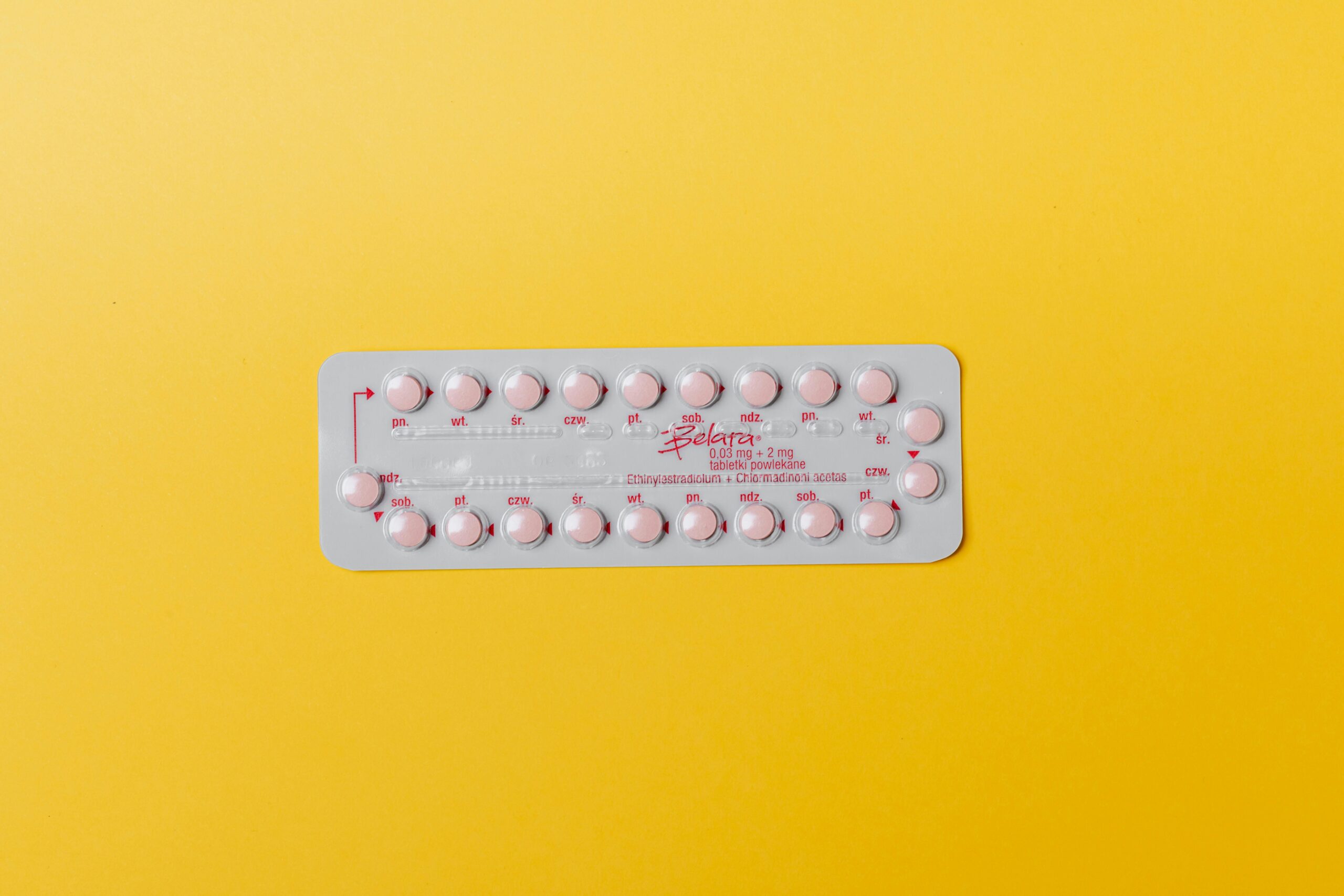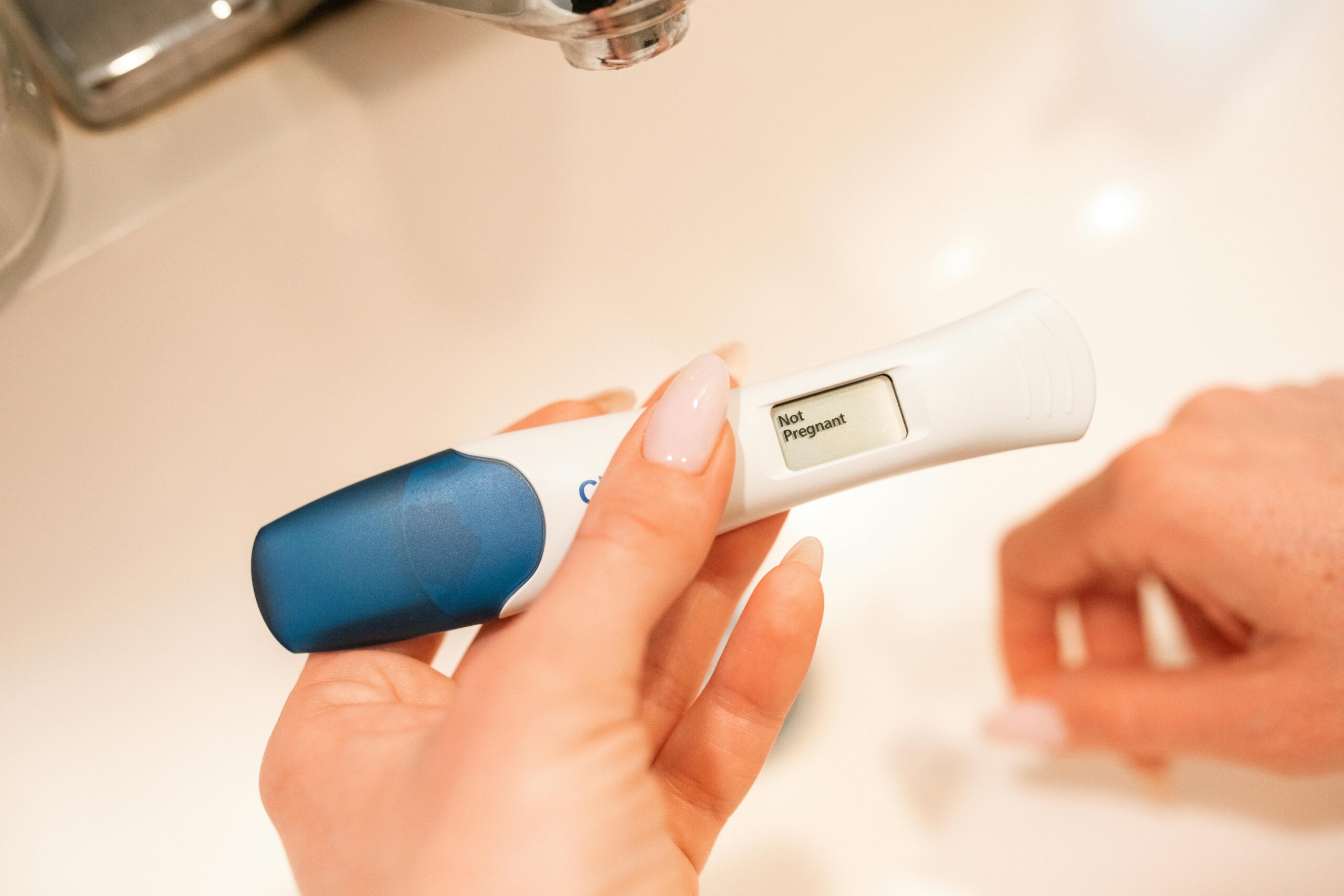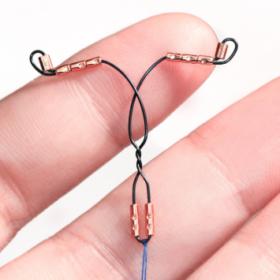
What is a Decidual Cast
What's the lowdown?
A decidual cast is when the womb lining is shed in one piece.
It is very rare and not usually harmful.
Decidual casts can be associated with pregnancy complications, including ectopic pregnancy.
Decidual casts have been linked with some hormonal contraceptives, particularly progesterone-only methods.
See your doctor if you notice any changes to your periods, including passing clots of tissue like a decidual cast.
Have you heard of a decidual cast? While it’s thankfully rare, passing a fleshy lump in the shape of the womb can be a painful and anxiety-provoking situation. Here’s some more information about what a decidual cast is, what causes it, and what to do if it happens to you. If you’ve experienced a decidual cast, let us know and share your experience to help other The Lowdown readers.
What happens during a typical menstrual period?
Let’s refresh our minds about what happens during the menstrual cycle, the process of growth and shedding of the womb (uterus) lining (endometrium) in response to the development and release of follicles from the ovaries. Thinking about decidual casts, it’s particularly useful to consider what’s happening to the womb lining during the cycle.
Day one of the menstrual cycle is the first day of a period, where the endometrial lining is shed. During your period, levels of follicle stimulating hormone (FSH) and luteinising hormone (LH) increase, and in turn, they stimulate the ovaries to develop follicles. As one ‘dominant’ follicle grows, oestrogen levels increase and act on the womb, causing the lining to repair and regrow. Ovulation happens on day 14 when the follicle is released from the ovary, and the endometrium prepares for implantation. Over the next 14 days, the unfertilised follicle (corpus luteum) regresses, causing a drop in oestrogen and progesterone levels, leading to the shedding of the endometrium over the next 5-7 days – your period.
What is a decidual cast?
The term ‘decidual cast’ literally means a model or replica of the lining of the womb. The decidua is the outermost part of the endometrium, which is primed to receive a fertilised egg, and it would begin to form the placenta if a pregnancy were to progress. It’s this decidua which is lost during a normal period, and usually it is lost slowly and steadily, causing bleeding over the course of 5-7 days. However, very rarely, the body can shed the womb lining in one piece, or sometimes several large pieces. When this happens, this type of menstrual loss is called a ‘decidual cast.
What does it look like?
A decidual cast can be shed in one piece of tissue (red/pink fleshy material), which may keep the shape of the womb1 (a triangle). Alternatively, it can be shed in several larger pieces. These pieces can look like fleshy lumps within the period or large blood clots. It can be worth taking a photo to show your doctor.
Is it dangerous, should I worry?
Decidual casts are rare, but not normally anything to worry about, although passing one can be painful. However, changes to your periods or new clots or lumps can be signs of other problems, and you should see your doctor. Losing blood, clots or tissue like a decidual cast can be a sign of a problem during pregnancy and certainly needs checking by a healthcare professional.
What causes a decidual cast?
We don’t know exactly what causes decidual casts to form. There does seem to be a link to progesterone use in various hormonal contraceptives, some links to pregnancy complications including ectopic pregnancy, miscarriage and post-partum haemorrhage2. A recent study has also linked high stress levels with formation of decidual casts3. Sometimes a decidual cast can form with no clear cause.
Is a decidual cast related to pregnancy loss?
Decidual casts have been found to be linked with ectopic pregnancy. It is thought that changes to hormone levels following an ectopic pregnancy can affect the stability of the womb lining and increase the chance of forming a decidual cast4.
Is a decidual cast linked with birth control?
We know that formation of decidual casts is associated with progesterone. This is the hormone which controls the thickness of the lining of the womb, and some contraceptive methods containing progesterone can therefore increase the odds of forming a decidual cast.
What types of contraception/birth control are decidual casts linked to?
Decidual casts are most commonly associated with progesterone-containing contraceptive methods, including the depot injection and the progesterone-only pill1. More rarely, use of a combined oral contraceptive pill5 has been linked with decidual cast formation. Decidual casts can form after starting or stopping a new method of contraception6.
When should I see a doctor?
You should see your doctor if you notice any changes to your periods, including heavy or painful periods, as well as abnormalities including clots or tissue lumps like a decidual cast. Your doctor will help rule out any more sinister causes of bleeding changes and hopefully reassure, as well as help you with any pain experienced with a decidual cast.
If you’ve experienced a decidual cast related to contraception, don’t forget to share your experience to help others!
Our medical review process
This article has been medically reviewed for factual and up to date information by a Lowdown doctor.






